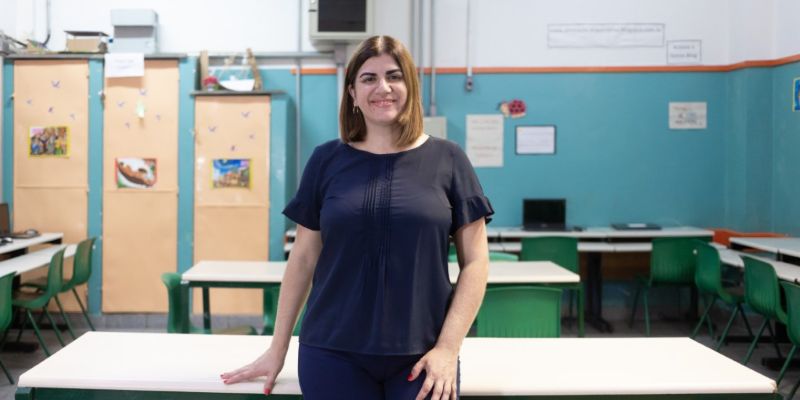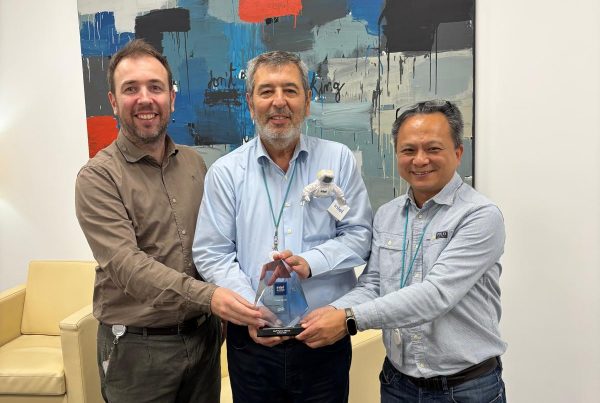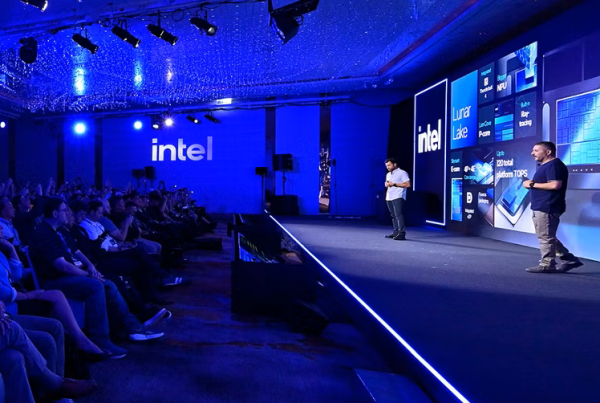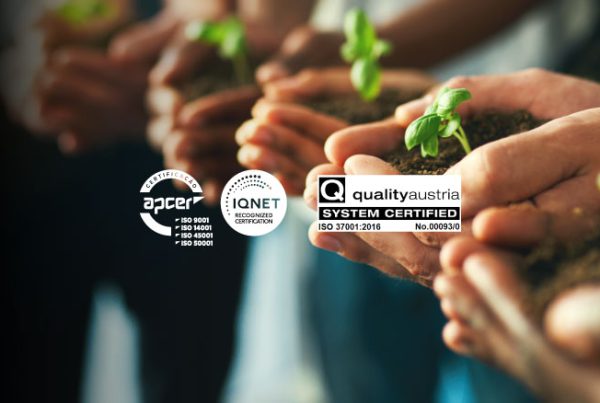The pandemic brought a challenge to all and the educational community, facing the need to reinvent itself in a very short time.
In Brazil, in March, when classes were suspended, we had that feeling it would be something provisional and in two, three weeks max, we would be returning to face-to-face classes. However, we are now experiencing classes in an emergency and mediated manner with the help of technology for seven months.
In such a diverse country, it was necessary to resort to technologies and understand technology is a driving force within the learning process, however, for itself has no power to transform education.
Thus, in many Brazilian states the solution was to resort to existing technologies, such as radio and television and in other states it was necessary to sponsor data and comprehend what kinds of access students had as mobile devices and from them create applications to mediate classes.
The pandemic highlighted the inequality of a country that, while evolving in education, brings serious concerns, such as in the field of training, in which research such as that conducted by the Instituto Península 2020 shows 83% of teachers did not feel prepared to teach classes mediated through technology, and it is necessary to overcome several barriers to promote Education.
I am a professor of Technology with a solid work done in the field of technologies, which was recognized internationally by the Global Teacher Prize.
This Award is considered the Nobel Prize in Education, and in 2019 elected me one of the 10 Best Teachers in the World regarding my work of robotics with scrap. A bold proposal to turn garbage into an object of knowledge by building prototypes from scrap, I came across the need to review the pedagogical doing and adapt my classes, so that I could continue teaching students computational thinking, culture maker, among others.
Dealing with cameras, getting the right tone of voice, and comprehending that even though I didn’t see the students faces I would need to move on, it was some of the difficulties I faced. Gradually I understood the need to not only work with the technologies but determine clear goals for my classes.
I share below some of these tips:
Active Methodologies: allow the student to conquer a center stage of the learning process, which in the face of the pandemic scenario, proved essential, by addressing new ways of conducting the learning process, through its modalities, as an inverted classroom that makes students along a formative path to become curators alongside a hybrid teaching, an key model for a possible face-to-face return when merging online and face-to-face environments.
Socio-emotional skills: as essential as working on active methodologies, it is essential to work with socio-emotional competencies, mainly due to the long period of social distancing, in which it is essential to promote spaces for students where they can have a moment to talk about their senses, to deal with frustrations and losses, even across technology-mediated classes.
Technological Tools: and facing so many challenges, technological tools can be an important ally to the learning teaching process. Nevertheless, it is necessary to consider skills and levels of knowledge, analyzing those that students will have access to and can be used offline.
Below I list some tips that you, as an educator, can learn more about and adopt the one that will contribute better to the learning process goals and foster interaction in the classes.
Blackboard resources and tools to assist the transition from classroom class to technology-mediated classes, bringing resources to promote interaction in a hybrid way.
CenturyTech a tool that assists in individual and/ or collaborative learning through micro-lessons to address gaps in knowledge, challenge students, working with logical reasoning and long-term memory.
ClassDojo and Edmodo connects teachers with students and parents by creating communities in the classroom; in environments that resemble social networks, more with educational potentials.
Moodle open learning platform, community-oriented, and that includes worldwide assistance, with wide possibilities to route materials and perform paths and training trails.
Schoology supports learning and collaboration, as well as the evaluation process.
Seesaw supports the creation of portfolios, which can be a great alternative to assist students in building their own formative path.
Digital tools are a great option for learning, if accompanied by clear goals. As a facilitator for teachers and students they do have the potential to support pedagogical practices, by being explored at the service of the learning journey.

Profile
Débora Garofalo is graduated in Literature and Pedagogy with a Postgraduate degree in Portuguese from Unicamp, and a master’s degree in Applied Linguistics from PUC SP. She has an experience of 15 years in the Public Network of São Paulo. At the present she is Technology Manager of the Department of Education of the State of São Paulo.
Débora is also Columnist of Innovative Education at Blog Redes da Editora Moderna, and Education columnist at UOL.
She received several important Awards for her work in the field of public education and a winner of the Award Teachers of Brazil 2018, of The MIT Creative Learning Brazil 2019. She also received the Medal UN Peacekeepers.
In 2019 she was the first Brazilian woman and the first South American to reach the Top 10 of the Global Teacher Prize, considered the Nobel Prize for Education, being considered one of the 10 Best Teachers in the world.
She is a member of the Human Rights Commission of the Municipal Secretariat of Human Rights.
Finally she is also a speaker at major national and international events such as: Brazil Conference, in Havard, in USA; École Polytechnique, 2019, in France about topics related to Technologies, Culture Maker, Robotics with Scrap, Digital Genres, and Education 4.0.
She has more than five years of experience teaching in Chile, Spain, and the United States and working in different environments and with students from different religions, and cultures. She is currently living in New York State. Before the pandemic she was working in a Public School that welcomes students at social risk.




